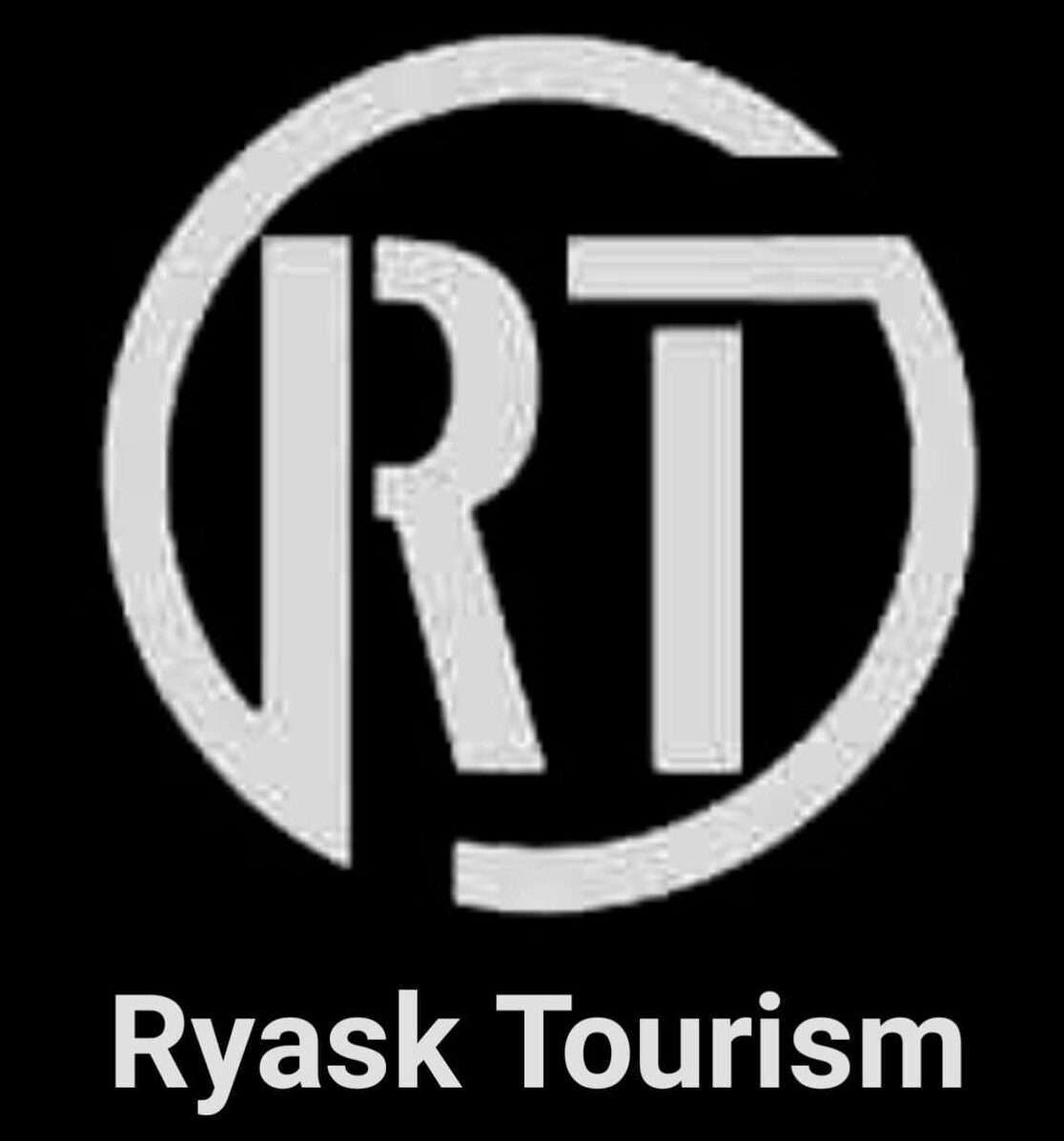
MP Heritage Tour Itinerary –
Day 1 Arrival at Gwalior + Gwalior City Tour
Arrival & Transfer to Gwalior Hotel and Afternoon sightseeing tour of the historic Gwalior fort. This fort was built in 8th century CE by Raja Maan Singh Tomar. Important buildings housed inside are Gurjari Mahal and Man mandir. This fort is built on a steep hill called Gopachal .Gurjari mahal was built by Raja Man Singh for his gurjari wife called Mrigyanayani. This palace has been changed into a museum and it contains artifacts of Jain and Hindu religion. Man Mandir was also built by Raja Man Singh and has beautiful art work on its walls. Other note worthy structures are Hathipol,Teli ka mandir,Sas bahu ka mandir,Garuda monument,Karan mahal,Vikram mahal and a magnificent Sikh temple built in memory of sixth Sikh guru Sri Guru Hargobind sahib. overnight at Hotel
Day 2 Gwalior To Orchha Via Datia & Jhansi Fort
Datia Fort -:
Datia Palace, also known as Bir Singh Palace or Bir Singh Dev Palace.The specialty of this palace is that it is of 7 floor. However neither member from the royal family did ever lived here. The founder of the Datia State in Bundelkhand. Maharaj Birsingh Deo built many monuments all around India. Datia’s Palace or the Satkhanda Palace is also called Purana Mahal or the “Old palace“, Historian Abdul Hamid Lahori came to this city with Shah Jahan on 19 November 1635. He said that the palace was nearly 80 meters long and was also this much broad. He said this as a very beautiful and strong palace.
This Palace was made by spending 35 Lakh Rupees (78 thousand us dollars) and it took nine years to build it. It is situated on an isolated rock on the western side of the city Datia. It represents Mughal architecture along with Rajput architecture. It is the biggest and most famous of all the 52 palaces build by Raja Birsingh Deo and it can be seen easily from a long distance.It is said that Maharaja Bir singh Dev, while on his visit to Mathura in A.D. 1614, got himself weighed with gold and subsequently started constructing this palace.Lord hasting, British Governor Generalstayed in the fort in the year 1818 and an event to welcome Lord Curzon, the viceroy was held in the year 1902.This fort presents a very beautiful insight in Rajputana Architecture.
Jhansi Fort
Jhansi Fort -:The construction of the fort is ascribed to the Bundela Rajput chief and the ruler of the kingdom of Orchha Veer Singh ju Deo Bundela in 1613.It was one of the strongholds of the Bundelas. Jhansi Fort had a Nominal face value before 1857.The fort standing in the hilly area shows the north Indian style of fort construction, where most of the forts were built upon rocks,as Their primary defence.There are 10 gates giving access to the fort. Some of these are Khanderao Gate, Datia Darwaza, Unnao Gate, Jharna Gate, Laxmi Gate, Sagar Gate, Orchha Gate, Sainyar Gate and Chand Gate. Notable sights in the fort are the Shiva temple, Ganesh temple at the entrance, and the Kadak Bijli cannon used in the uprising of 1857. The memorial board reminds one of the hair-raising feat of the Rani Lakshmibai in jumping on horseback from the fort. Overnight at orchha
Day 3: Orchha Sightseeing & Khajurho ( 180 Km )
After breakfast drive To Orchha Another historical city is Orchha. It is famous for ancient architectural monuments, historical palaces and beautiful temples. Orchha Fort Complex is a must visit here; it comprises of the Jehangir Mahal, Raja Mahal, Ram Raja Temple, Rai Praveen Mahal, Laxminayaran Temple and Phool Bagh, which are well-known for their rich history. You can also pay a visit to the Chaturbhuj Temple and the Chhatris of Orchha, which are Cenotaphs situated on the banks of river Betwa. Those who love wildlife and boating, will really enjoy their time at the Orchha Nature Reserve etc
Day 4 Khauraho City Tour
After breakfast visit for western group of temple and eastern group of temple.
Western Group of Temple: On the main road, beside the path leading to the Matangeshwar Temple is the A.S.I counter where you must purchase a ticket to visit the western group of temples in this complex and the museum on the opposite side. A boundary wall surrounds and protects the temples within this large rectangular complex and there is only one entry point. Here at the Western Group you will see some of the most sensational temples in the world.
Eastern Group of Temple: A kilometer towards the east from the western group of Temples is the khajur sagar and the old village of Khajuraho. On one of the paths to the village is a modern whitewashed structure with a large orange – red statue within. The statue is still worshipped but is one of the oldest images to be found in khajuraho.The images is of hanuman, the monkey king who assisted Ram (of the Ramayana) through his travails in exile. The rest of the evening is at leisure to explore the local shops and market, Night stay at Hotel.
Day 5 Khajuraho To Jhansi Drop
On the last day after breakfast, we will check-out from the hotel and Drop at Jhansi / Khajuraho Rly Station for onward destination.
